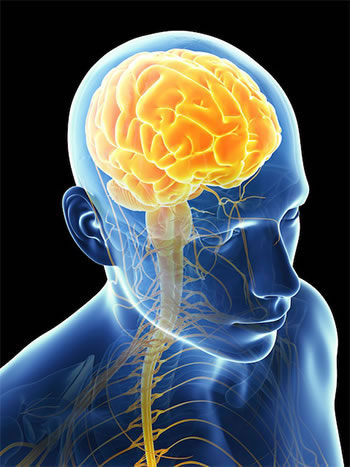Brain based Chiropractic – where’s the research at?
In our previous blog post relating to sensory input, we discussed how mechanical issues of the spine (e.g. “Subluxation”), may affect sensory input to the brain.
In the post we wanted to summarise where the research is at on this topic. Here’s some highlights of this research….
- In 2018 one study looked at whether people with subclinical neck pain had altered visual, auditory, and multisensory response times. The subclinical neck pain group had slower visual and multisensory response times than asymptomatic individuals.
- Another study (2017) looked at Chiropractic and improved muscle control, finding adjustments, stimulate the brain, thus resulting in improved upper and lower limb muscle activation and tone, which may be relevant to those with stroke, injury, or sports performance interests.
- Another study (2016) found subclinical neck pain may impair the ability to perform a complex mental rotation tasks. Mental rotation ability is critical for executing correct and skilful movements and are important for object recognition, spatial navigation, and movement planning.
- In 2016 Holt et al looked at falls risk in adults over 65, finding improved ankle position sense, improved physical quality of life, and sensory-motor function.
- Another study looking at stimulation of the prefrontal part of the part (which controls clear thinking, and emotional regulation, finding a single spinal adjustment alters somatosensory processing. Another study found adjustments appears to prevent neural fatigue, and nerve drive to muscles.
- A 2013 study looking at Chiropractic and the cerebellum (a part of the brain involved in sensory nerve input and body feedback mechanisms), found improved reaction time and task performance.
- A 2011 study linked subclinical neck pain to altered joint position sense, affecting the ability to move the upper limb accurately.
- In one study of those with low back pain, a single Chiropractic visit resulted in improved activation of core muscles of the abdomen. This has implications for injury risk and injury prevention.
- Two papers in 2010, and 2007 looked at whether Chiropractic affects sensory input that adjustments stimulate the sensory parts of the brain. Implications for spinal pain were discussed.
In summary, there is a growing body of scientific literature relating to Chiropractic and the way it effects the brain. By modifying input into the sensory systems, we may change the way the brain processes information.
This has implications for the brain outputs to our body, pain, learning, behaviour, overactivity, stress responses, adaption, and performance.
How is your spinal function affecting your function today?




